GE2025: Marine Parade-Braddell Heights GRC will be a walkover after WP no-show

In a notable development for Singapore’s General Election 2025 (GE2025), the newly formed Marine Parade–Braddell Heights Group Representation Constituency (GRC) will be a walkover, with the People’s Action Party (PAP) securing the GRC unopposed. This is the first walkover since 2011, when the PAP team led by then-minister mentor Lee Kuan Yew clinched Tanjong Pagar […]
GE2025: From candidate switches to even a walkover, here are the key surprises from Nomination Day

It’s Nomination Day today (April 23), and it has been filled with key changes and last-minute swaps. Here’s a quick breakdown of all the key highlights: 1. Multi-cornered fights Tampines GRC: Radin Mas SMC: Sembawang GRC Ang Mo Kio GRC: Potong Pasir SMC: 2. Shocking switches Chua Chu Kang GRC Punggol GRC East Coast GRC […]
Coffee as a preworkout? Here’s why this M’sian holistic wellness centre recommends it.
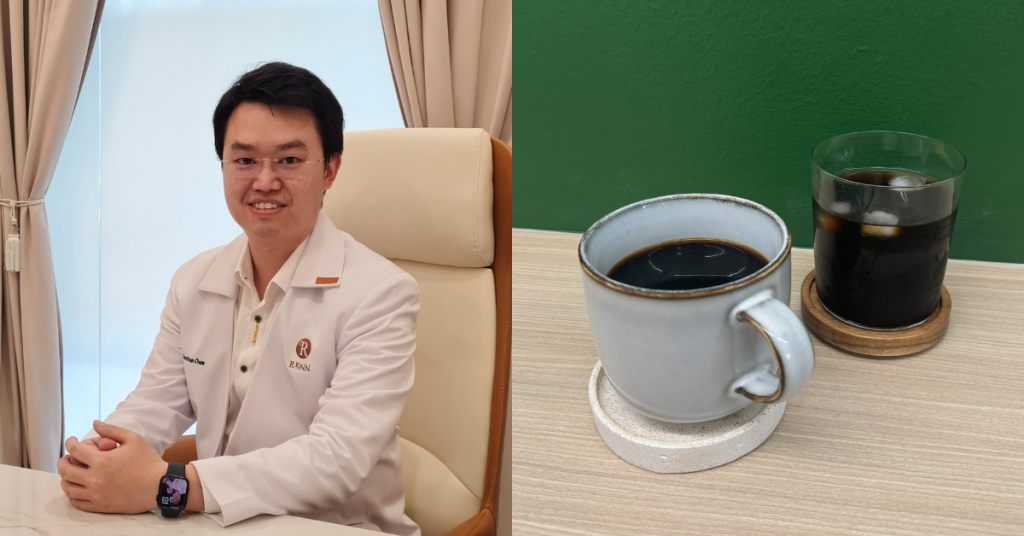
[Written in partnership with RENN Asia Wellness, but the editorial team had full control over the content.] Disclaimer: This article is for educational and informational purposes only. It is not intended to be a substitute for medical advice. If you can’t tell by my coffee reviews and coffee comparisons, I’m a huge coffee fan. I […]
The Samsung Galaxy Ring is a cool concept, I just wish it could do more

The future is now, with health tracking literally at your fingertips (well, almost). I’m talking about the hot new wearable in town—the Samsung Galaxy Ring. I was excited. Finally, something new to review that wasn’t another phone or watch or earbuds. I had expectations, but most of all, I had questions. Would this ring have […]
Joey Sofa’s performance in REXKL was the most creative furniture showcase we’ve seen sofa…r

[Written in partnership with Joey Sofa, but the editorial team had full control over the content.] Over the weekend, we attended an event at REXKL. Before even stepping into the space, we were handed black satin blindfolds to put on. With our blindfolds on, we were guided by a gentle hand and a friendly voice […]
He quit auditing to pursue F&B, now his health food biz is set to make RM4.5 mil this year
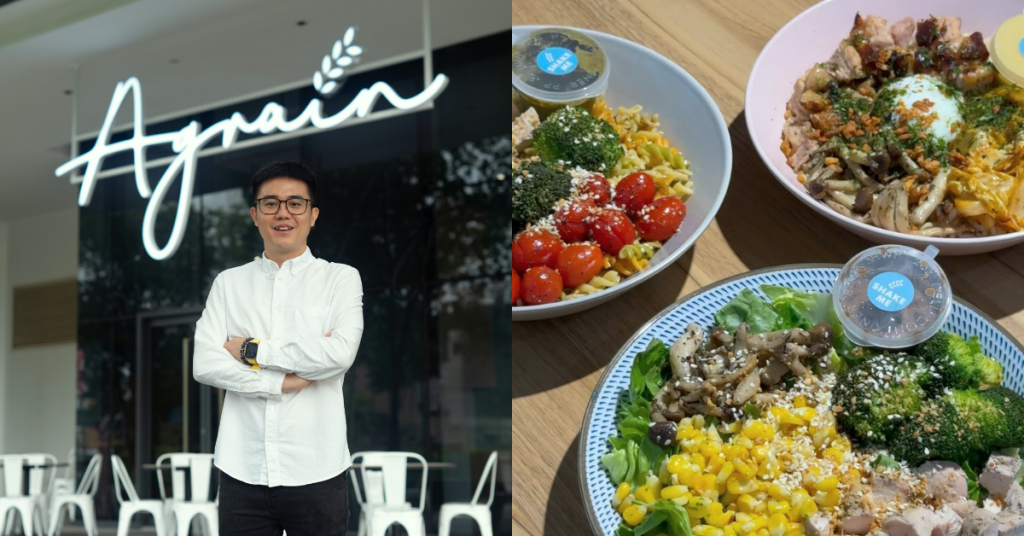
Even before he co-founded Agrain, Kee Wei has always been quite the high achiever. Born and raised in Alor Setar, Kedah, Kee Wei completed his A-levels at Abbey College, Cambridge, obtaining 1A* and 2As. Continuing his studies in the UK, he pursued a degree in Accounting and Finance at the University of Warwick. He said, […]
How this Changi farmstay keeps things buzzing with their bee colonies & nature experiences
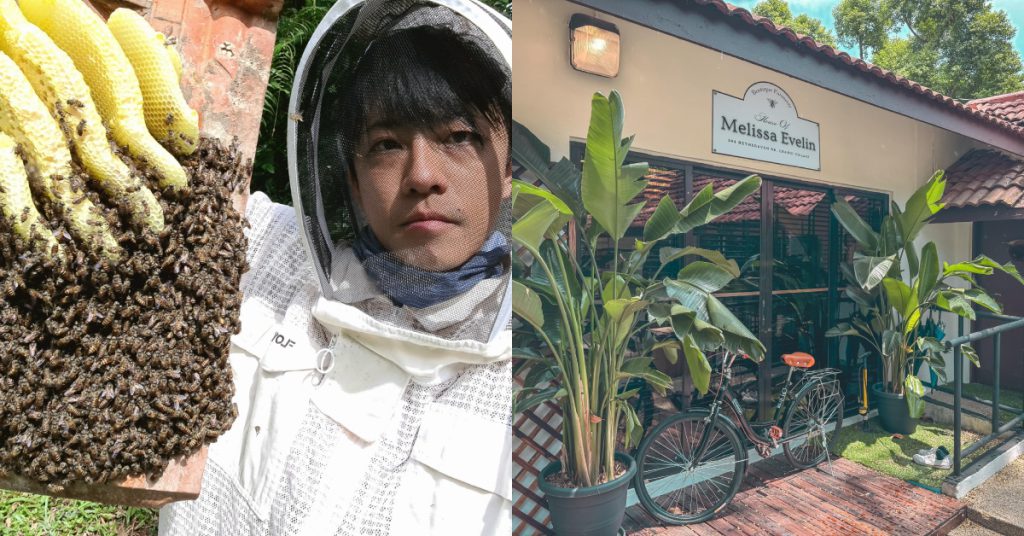
When the COVID-19 pandemic disrupted his landscaping business, Country Cousins, Clarence Chua was faced with an urgent need to relocate his foreign workers. His search led him to a shophouse in Siglap—which, by chance, came with an empty rooftop. Immediately, a flood of ideas rushed to his mind, and together with his wife, Candice Li, […]
Astro is giving marketing support worth RM3 million to 200 F&B bizs under BIZone
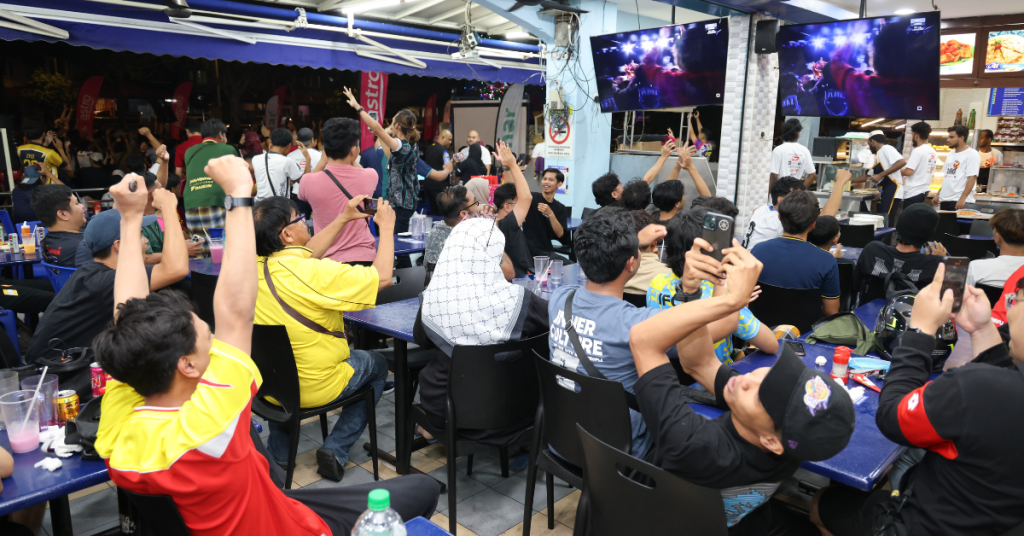
We recently had a query: Can Malaysian businesses just play any music or show they want to on their premises? The short answer is a resounding “no.” The longer answer though, you can read here. But you might be wondering—what about those mamaks or bars that play football matches? How can they (legally) air that […]
ASUS Zenbook A14 review: Lightweight, long-lasting, with lightning speed. What’s not to love?
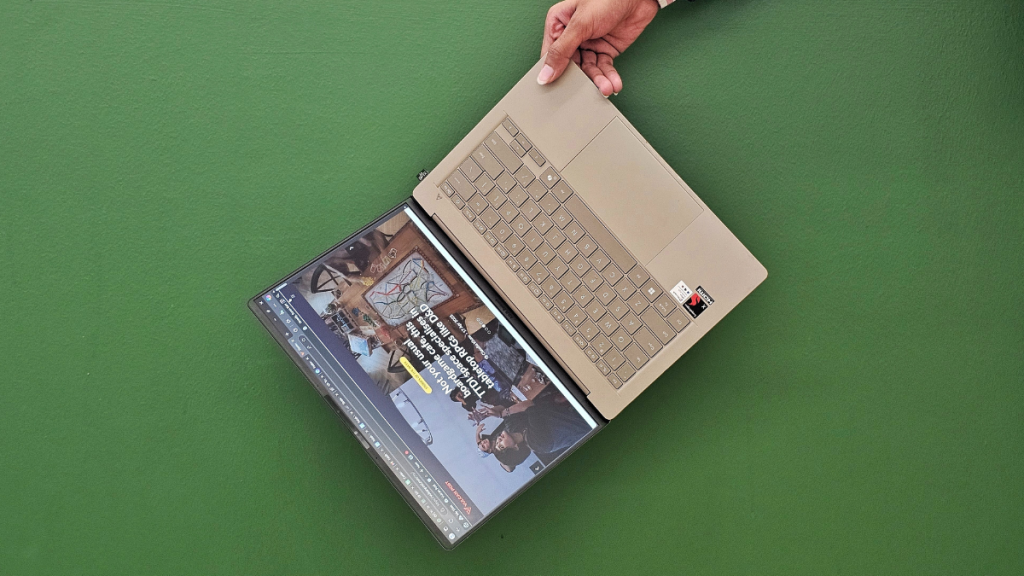
For the past month, I had the chance to test ASUS’ latest offering under their Zenbook lineup, the ASUS Zenbook A14. Even before receiving the product, I had my reservations against this new, ultralight laptop. After all, aren’t laptops already pretty light? I’ve had no problem taking my Surface Pro 7 around for the past […]
PAP sticks to its guns to defend Marine Parade. Will the Workers’ Party risk an open fight?

Disclaimer: Opinions expressed below belong solely to the author. People’s Action Party has revealed its team for the redrawn Marine Parade-Braddell Heights GRC this election, and it’s hard to even notice that it lacks the former Speaker of Parliament, Tan Chuan-Jin. Leading the slate is the Minister for Manpower Tan See Leng, who is joined […]
Star-studded startup speakers unite in Ipoh for this unmissable entrepreneur summit

We know that startup events can seem super KL-centric and exclusionary—that’s why the Perak Ignite Entrepreneur Summit is one we’re excited to share, especially with our friends in the north. Organised by the Entrepreneurs and Startups in Malaysia (EnSIM), the Perak Chinese Assembly Hall (PCAH) is set to host the Perak Ignite Entrepreneur Summit 2025 […]
How this M’sian went from delivering dairy to co-owning a multi-million ringgit milk biz

[Written in partnership with The Farm Shop, but the editorial team had full control over the content.] Probably the single most frustrating part about trying to eat healthy is that it’s not just about having food, it’s about having the right food. But here’s the thing. “Sugar-free” often just means that it’s got a substitute […]
GE2025 checklist: Here’s what you will need to bring on Polling Day

Singaporeans will head to the polls on Saturday, May 3, for the country’s 14th General Election. Whether you’re a first-time voter or not, it’s essential to be prepared. Here’s a straightforward guide to ensure you’re ready for Polling Day. Pre-vote checklist: First things first, before you head to the polls, make sure to: What to bring 1. NRIC […]
Backed by Mandai, this Singaporean startup offers custom nutrition & training plans for dogs

If you’re a proud (and slightly obsessive) pet owner like me, you’d know that our furry companions are more than just animals—they’re family. And when it comes to family, we want only the best. A one-size-fits-all solution just doesn’t cut it when it comes to our pets’ care. That’s why homegrown dog care platform Pawpaw360 […]
GE2025: Is tough luck for Desmond Lee the opportunity PSP has been waiting for in the West?

Disclaimer: Unless otherwise stated any opinions expressed below belong solely to the author. The People’s Action Party (PAP) has unveiled its candidate team for the newly redrawn West Coast-Jurong West GRC, with National Development Minister Desmond Lee leading the team. Joining him are two incumbents: Senior Parliamentary Secretary Shawn Huang, formerly of Jurong GRC’s Taman […]
This M’sian serial chef-preneur’s latest F&B venture is a Bornean-inspired BBQ joint in PJ

Located in Ara Damansara, ASAP By LYE is a new spot for barbecue lovers. Not your typical barbecue spot, though, ASAP is all about focusing on Bornean flavours. Behind the business is Kenny Lye, founder and restaurateur. Interestingly, Kenny himself doesn’t hail from Borneo. In fact, he grew up in PJ, where he was able […]
Not your usual boardgame cafe, this TTDI space specialises in tabletop RPGs like D&D
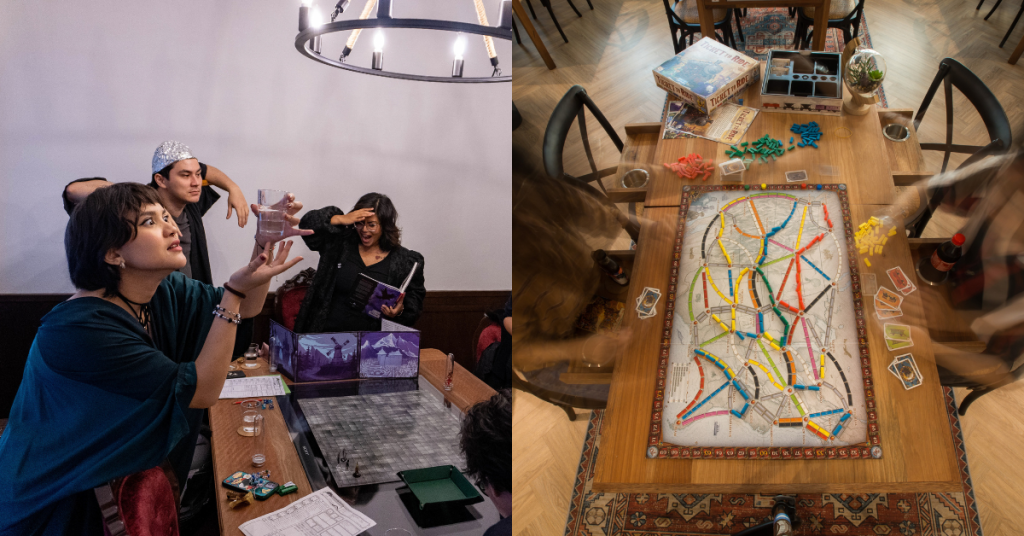
Chances are, you’ve played board games before, be it Monopoly or good old Snakes and Ladders. The world of tabletop roleplay games (TTRPGs), though, is perhaps more rich and diverse than you might think. Here Be Dragons, a self-described one-stop-game-shop for all things tabletop in TTDI, sheds light on that. Behind the business is founder […]
Bootstrap, borrow, or bag investments? 9 financing options for M’sian entrepreneurs.

Disclaimer: This article is for educational and informational purposes only. It is not intended to be a substitute for financial advice. Readers are encouraged to do their own research before arriving at any conclusions based solely on this content. Vulcan Post disclaims any reward or responsibility for any gains or losses arising from the direct and […]
How personal care brand Stryv bounced back from almost failing to opening 8 outlets in S’pore
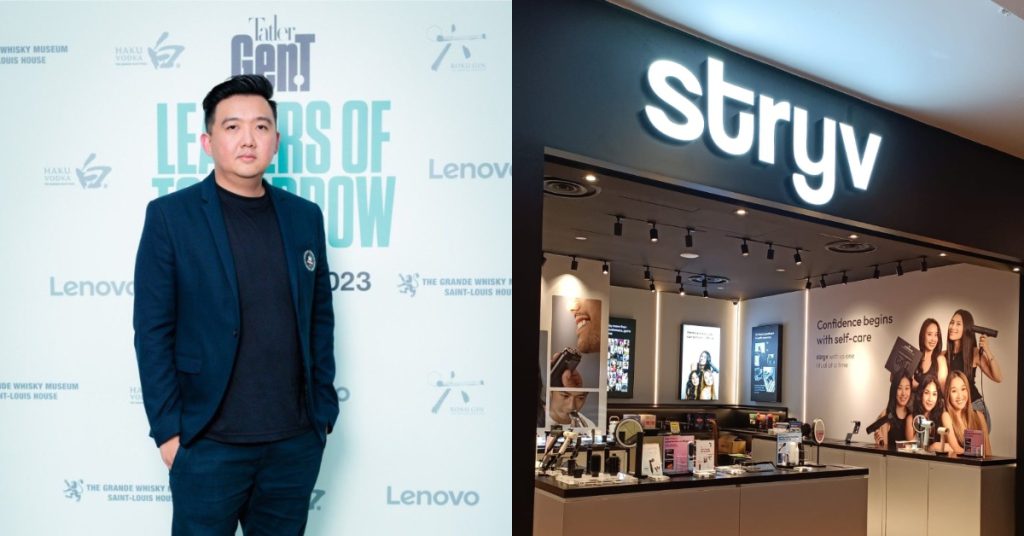
When Roy Ang’s wife gave birth back in 2022, her postpartum journey was anything but easy. Hair loss, weight gain and excess belly skin post-delivery led to a substantial drop in her confidence, which impacted her relationships with others, including her husband. To lift her spirits, he gifted her a hairdryer and immediately saw a […]
This M’sian chef opened an Indian restaurant in KL offering authentic flavours—but with pork
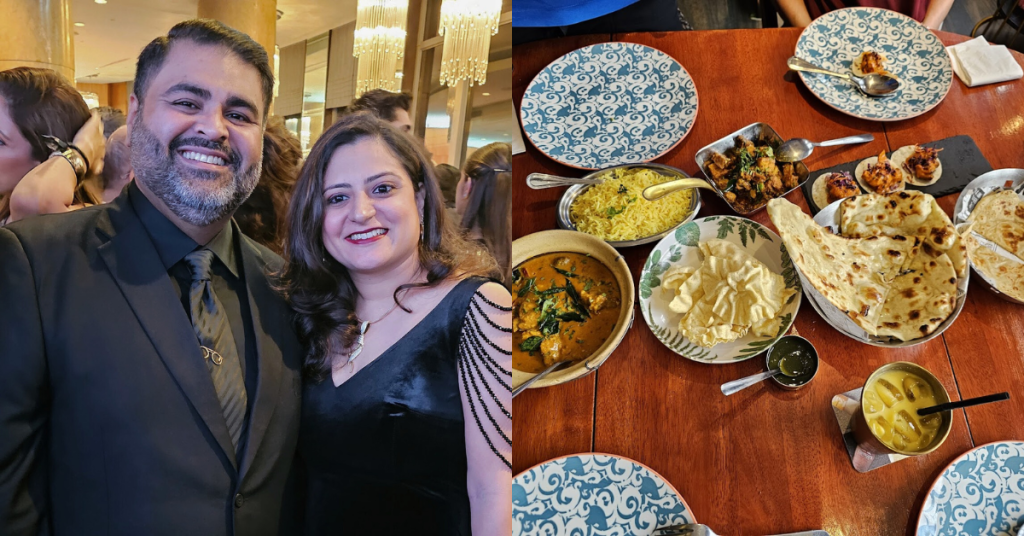
It’s not often that you find Indian restaurants specialising in pork dishes, and that’s why Meat The Porkers in Damansara Heights is quite the unique eatery. Founded by chef Herukh Jethwani, the spot features intriguing and “porky” takes on Indian food. Herukh himself was born and raised in Kuala Lumpur, boasting a Bachelor’s degree in […]
GE2025: What happens if you don’t vote on Polling Day in Singapore?

The Writ of Election was just announced yesterday (April 15), officially kicking off the lead-up to Singapore’s 2025 General Election, which will take place on May 3. GE comes around every five years, and it’s important for all eligible voters to do their part, especially as the world faces profound changes. As PM Wong emphasised […]
GE2025: President Tharman has issued the Writ of Election, but what does it even mean?

Political lingo can be confusing, especially if you’re not someone who regularly keeps up with the topic. But with Singapore officially heading to the polls, now’s a good time to demystify some of that jargon. Today (April 15), President Tharman Shanmugaratnam has dissolved Parliament and issued the Writ of Election on the advice of Prime […]
[JUST IN] GE2025: Parliament’s dissolved, Singaporeans will go to the polls on May 3

Parliament was dissolved today (April 15), and the Writ of Election was issued by President Tharman Shanmugaratnam at the request of Prime Minister Lawrence Wong. Nomination Day will be next Wednesday (April 23), and Polling Day is set for Saturday (May 3). The announcement comes about a month after the announcement of the electoral boundaries, […]
Tariffs this, tariffs that—What does M’sia actually export & what would even be affected?

In quite the turn of events, US President Donald Trump has put a 90-day pause on the reciprocal tariffs that were scheduled to be imposed on April 9, 2025. As a quick recap, we were to be on the receiving end of a 24% reciprocal tariff for imposing a 47% tariff on imported goods from […]
This M’sian is carrying on her family’s 42 Y/O incense legacy with aromatherapy retreats
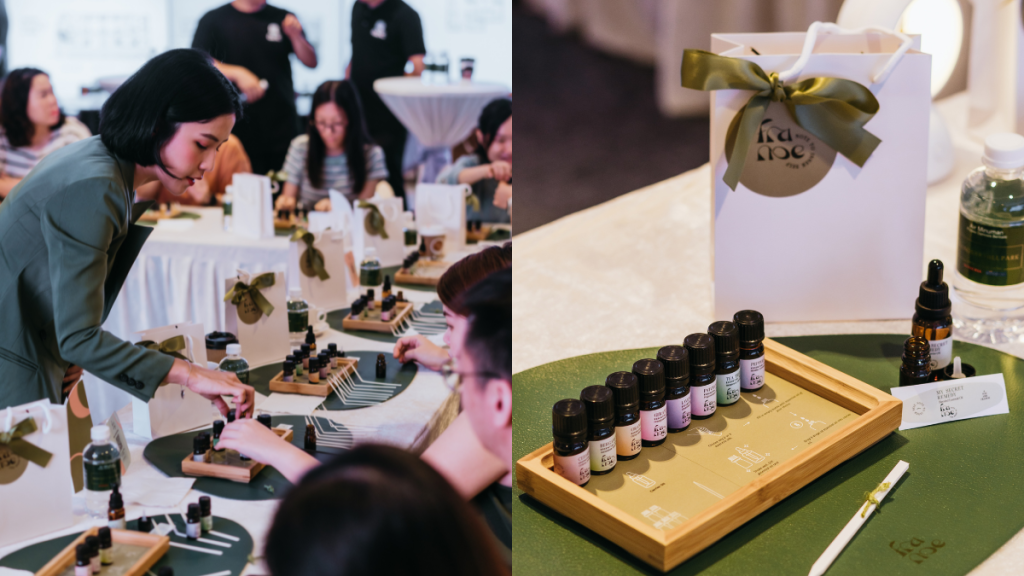
It’s widely known that the right smell could invoke cherished memories, bringing back strong emotions or a moment lost to time, triggered by a familiar scent or a long-forgotten one. Even despite my withering sense of smell due to years of sinusitis, even a whiff of vanilla is bound to bring a smile to my […]
Chee Hong Tat: The S’pore government subsidises about S$1 for every trip a commuter takes

It’s been about four months since the public transport fare hike of 6% kicked in—commuters have been paying up to 10 cents more for each journey since December 28, 2024. This marks the fourth consecutive year of fare increases. In 2023, adult card fares rose by as much as 11 cents, following hikes of up […]
Wake Up Singapore founder among SDP candidates to go against PM Wong in Marsiling-Yew Tee GRC

The Singapore Democratic Party (SDP) has revealed its candidates for the Marsiling-Yew Tee GRC, where they will go against Prime Minister Lawrence Wong and his team for the upcoming 2025 General Election. They are SDP’s organising secretary Jufri Salim, founder of alternative news site Wake Up Singapore Ariffin Sha, theatre director Alec Tok and former […]
This 22 Y/O S’porean runs her own biz at Jewel Changi selling mochi doughnuts & matcha on tap
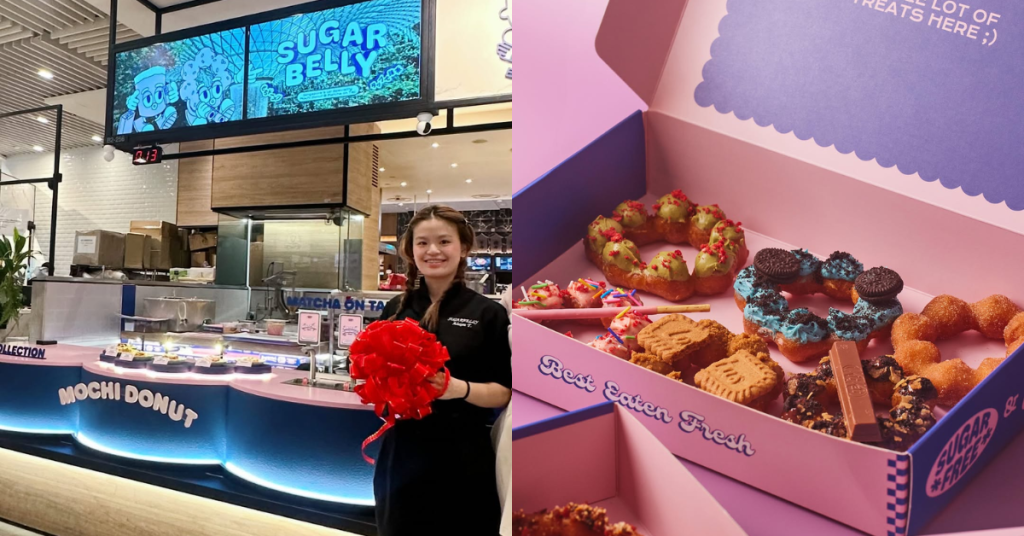
Success can be difficult to measure, but at just 22 years old, Alexan Tang has arguably achieved some form of it through her very own business, SugarBelly. A specialty mochi doughnut shop, SugarBelly further gained attention thanks to its outlet in Jewel Changi Airport, which is possibly home to Singapore’s first matcha on tap. Taking […]
Do you make games, animations, or use metaverse tech? MDEC has RM5.7 mil you can tap into.
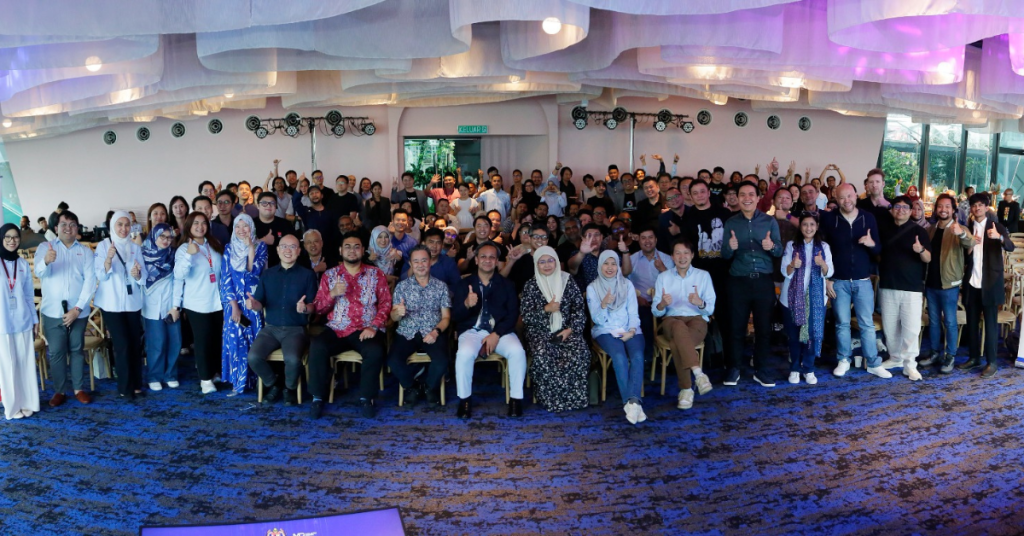
Malaysia’s digital creative industry has been maturing over the years, with a myriad of iconic animations, films, and video games over the years. Think iconic cartoons like Upin and Ipin, heart-wrenching movies like Abang Adik, exciting video game IPs like Gigabash, and countless other indie projects. A “strategic economic industry with strong potential that continues […]
Singapore slashes 2025 GDP growth forecast to 0-2% as US-China trade war bites

Singapore’s Ministry of Trade and Industry (MTI) announced today (April 14, 2025) that they have cut the city-state’s GDP growth forecast for 2025 to “0.0 to 2.0%”, a downgrade from the 1% to 3% range they had previously set. The cut follows concerns that the US-China trade war could induce a “far sharper economic slowdown.” […]

